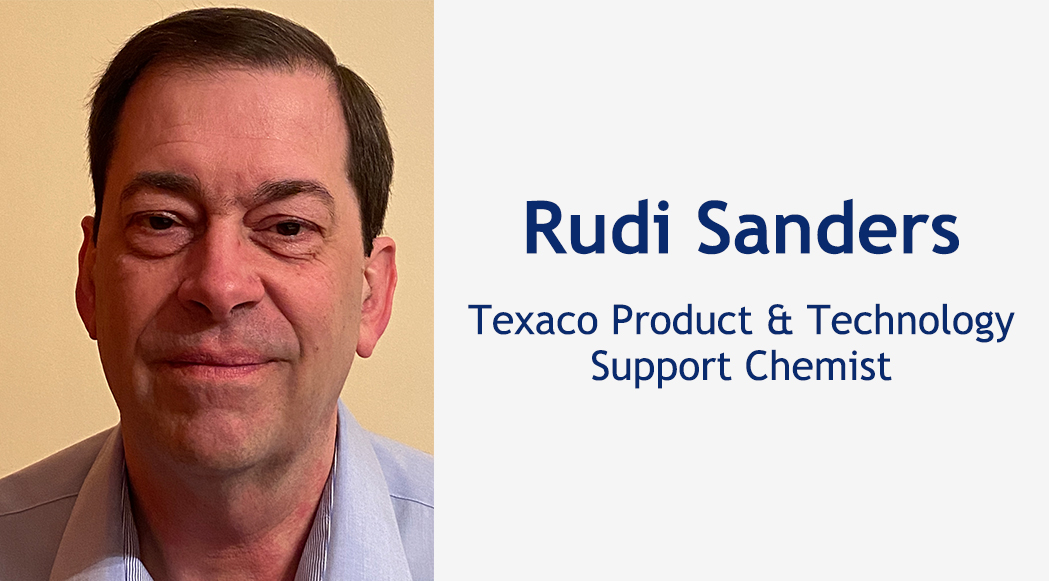What drives heavy goods vehicle development in Europe?


We spoke to Rudi Sanders, Texaco Product & Technology Support Chemist to hear his thoughts about market drivers…
As it stands today, new commercial vehicles introduced to the European market are developed with five major technology drivers in mind: to help lower emissions, to offer improved fuel economy, to consider alternative fuels and powertrains, to be sustainable and to be durable.
The need for best possible fuel economy and equipment durability are driven by both emission reduction goals and the end-user desire for cost efficiency and vehicle longevity.
Fuel economy
While the current Euro emission standards do not define fuel consumption or CO2 emission limits for commercial vehicles and buses, they do require manufacturers to report fuel consumption of new vehicles produced and sold. It is most likely that fuel economy, and fuel economy retention will form the basis of the next stage of Euro legislation, Euro 7, which is expected in 2025.
As a response to the upcoming fuel consumption requirements expected at Euro 7, demand for low viscosity oils which can demonstrate fuel economy benefits and provide high level performance is expected to grow. Today 10W-40 and 5W-30 engine oils are still the norm for many truck fleets, but there is evidence that manufacturers are beginning to favour 5W-20 or even 0W-20 products.
Durability
Even with legislative drivers, customers still want to safeguard maximum durability. To comply with legislation and meet these durability needs, manufactures have implemented a number of technical solutions including new engine platforms and aftermarket treatment systems.
These changes can put more stress on engine oils and require the use of new chemistries. For example, higher engine temperatures requiring improved thermal stability, higher EGR rates requiring improved TBN retention, acid neutralisation and soot control, and aftermarket treatment systems requiring lower SAPS oils - all affect engine oils.
In addition, some manufacturers still require extended drain intervals. This is seen as a way to reduce the overall cost of ownership, cost of disposal and reduce vehicle downtime, however, drain intervals are in part constrained by the use of the DPFs and concerns about durability.
Alternative fuels
The introduction of alternative fuels such as biofuels, biodiesel/diesel mixtures, LPG and LNG will require engine oils with increased oxidation and thermal and corrosion protection. These protections will help fight against the effects of water ingress, the increased formation of organic acids and higher operating temperatures.
Diesel and biodiesel/diesel mixtures remain the main fuels for commercial vehicles although there are some alternatives such as R33 blue diesel and C.A.R.E. available in some regions in Europe.
It is predicted that CO2 neutral fuels such as hydrogen, used in fuel cells, internal combustion engines, and 100 per cent renewable e-fuels used in internal combustion engines will become more common in the next coming years, along with battery vehicles charged with 100 per cent renewable electricity.
Sustainability
In December 2019, the EU Green Deal was published, outlining key objectives in multiple areas impacting all the industries in the EU. While it is expected that the Green Deal will evolve over time, its current objectives are to improve the well-being of people in the region and make Europe carbon neutral to protect the natural habitat, without leaving any nation behind.
The EU has published a range of guidelines and directives which aim to help reduce emissions in the commercial vehicle industry. These will include the new Euro 7 Standard to further minimise emissions from pollutants and maximise fuel efficiency (due for launch in 2025), as well as other directives or legislation that will focus on waste reduction in the production process.
Most strikingly, the ban on diesel vehicles will have a direct influence on the technology platforms of engine oils and the introduction of sustainability and life cycle assessments for chemistries used in engine oils will shift the chemistry options for oil producers.
The EUs Renewable Energy Directive II (RED II) will have a considerable impact on the road transport industry. The goal is for renewable energy in transport, with electric vehicles and the use of hydrogen and low carbon fuels. RED II defines bio-energy sustainability with a focus on sustainability of forest biomass, which will help minimise the effect carbon emissions have on biodiversity.
Each of these guidelines will have an influence on the composition and development of engine oils. Recently, the European Automobile Manufacturers Association (ACEA) issued a statement noting a desire to transform road freight transport to zero emissions, and to be carbon neutral by 2050. This implies that by 2040, all new commercial vehicles sold must be carbon neutral. Clearly, the transition starts now.
Most manufacturers have carbon neutrality front of mind in new vehicle development. For some, this means battery electric powertrains, for others fuel cells, while hydrogen internal combustion engines are also being discussed.
All indications point to internal combustion engines having a future but only if they are carbon neutral. This means that they will be filled with synthetic e-fuels, hydrogen or fuels based on hydrotreated vegetable oils.
To find out more about Texaco products for on highway please visit: www.texacolubricants.com
For further information on the Renewable Energy Directive and Euro legislation please visit: ec.europa.eu/info or www.acea.auto































